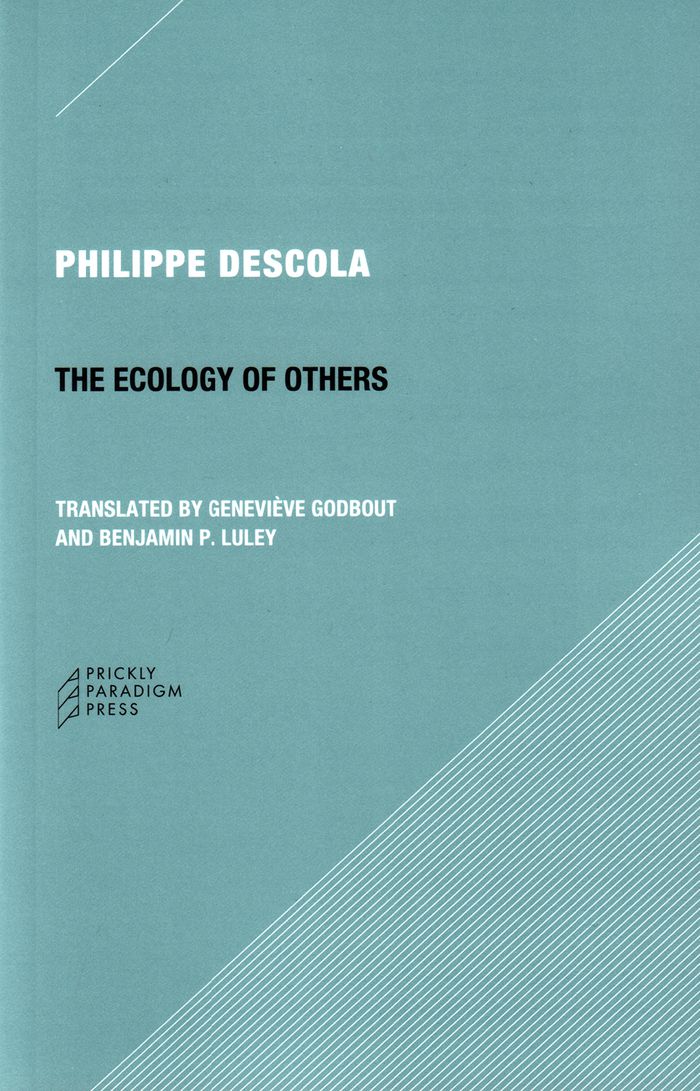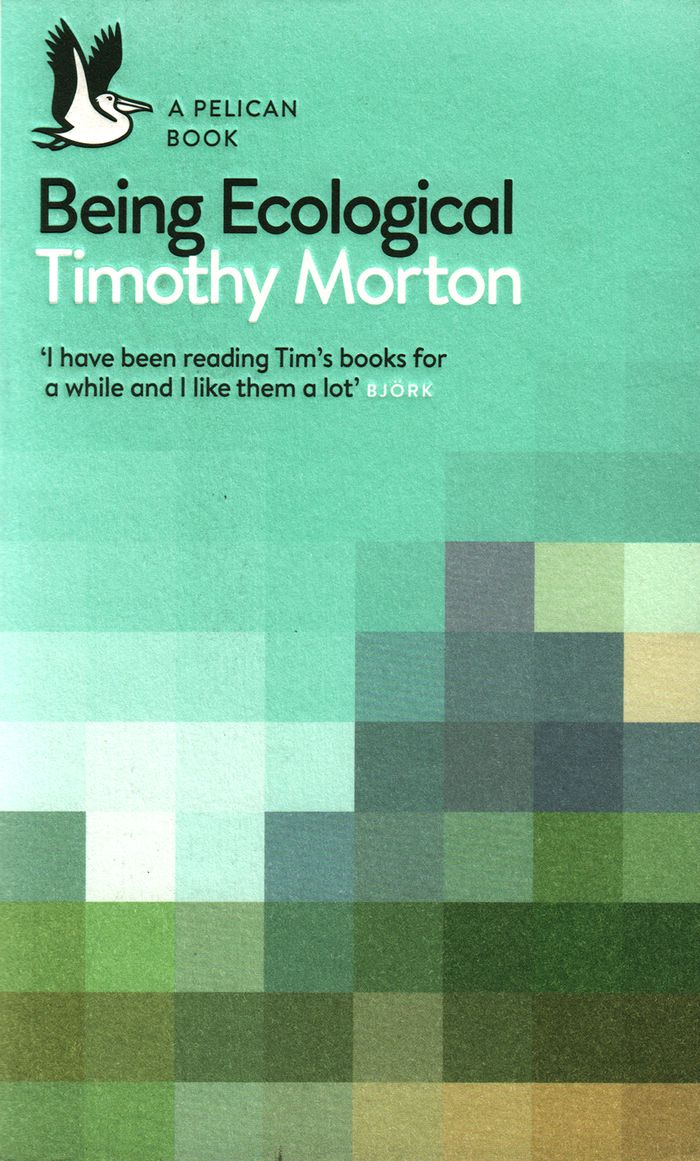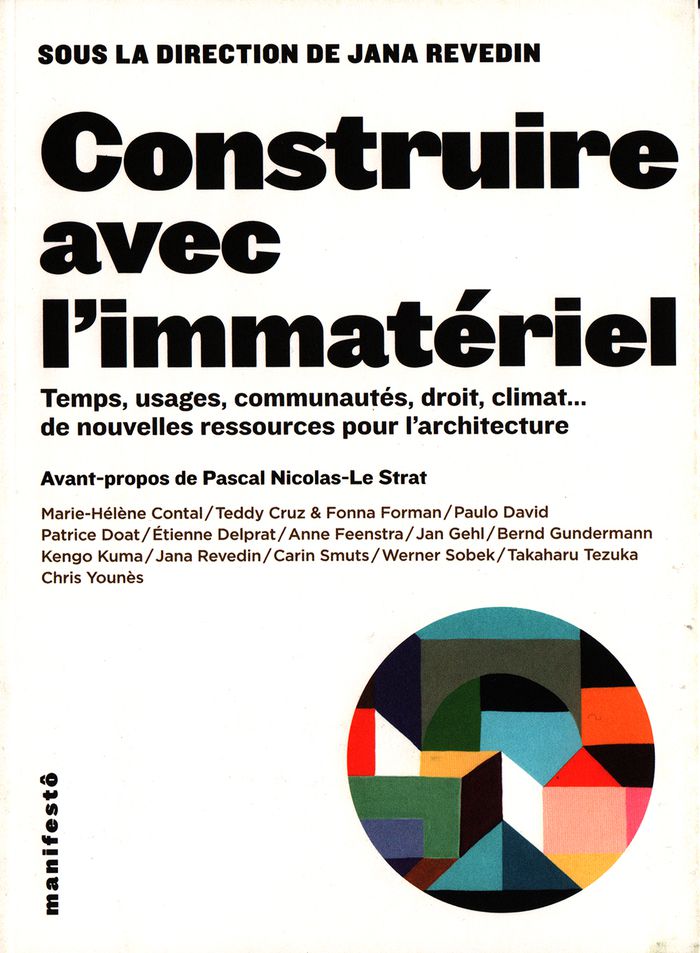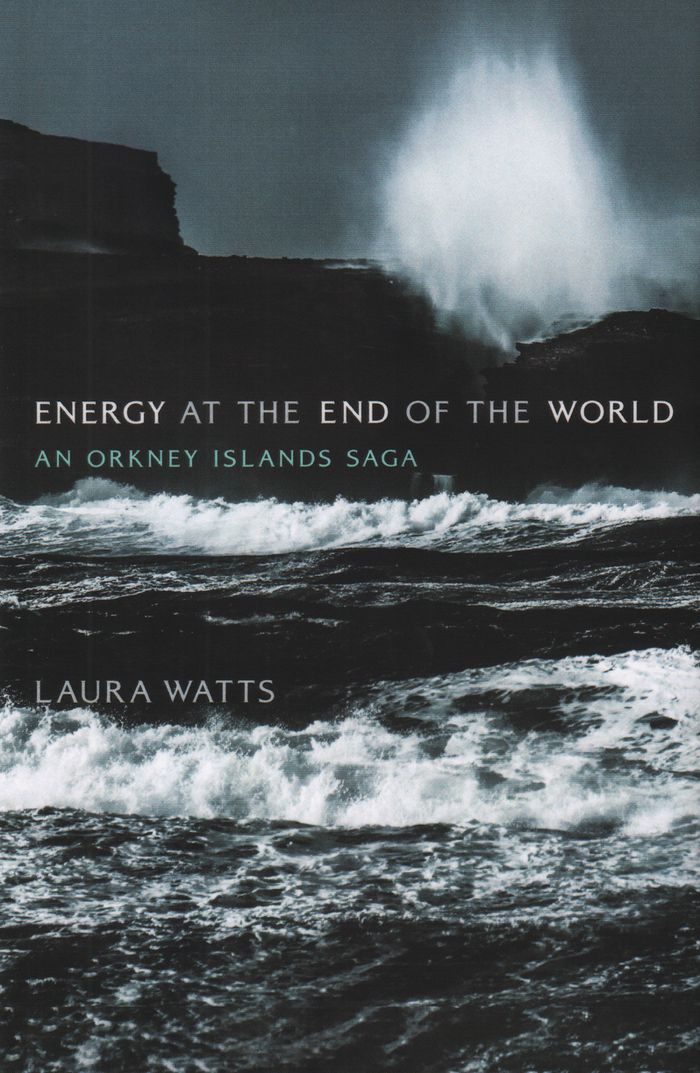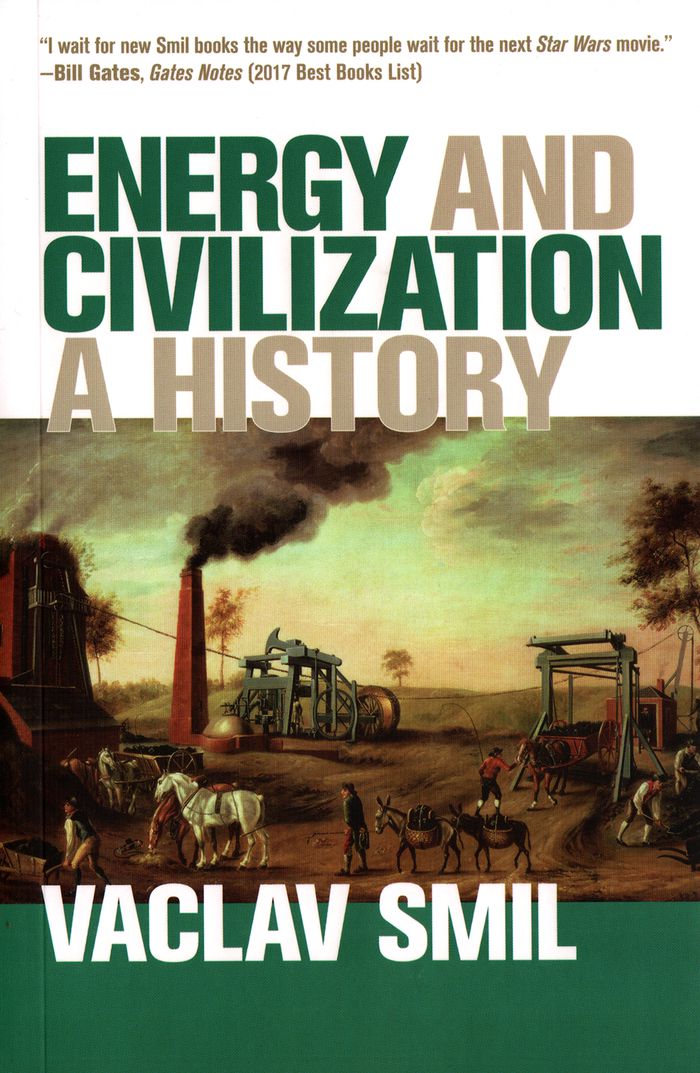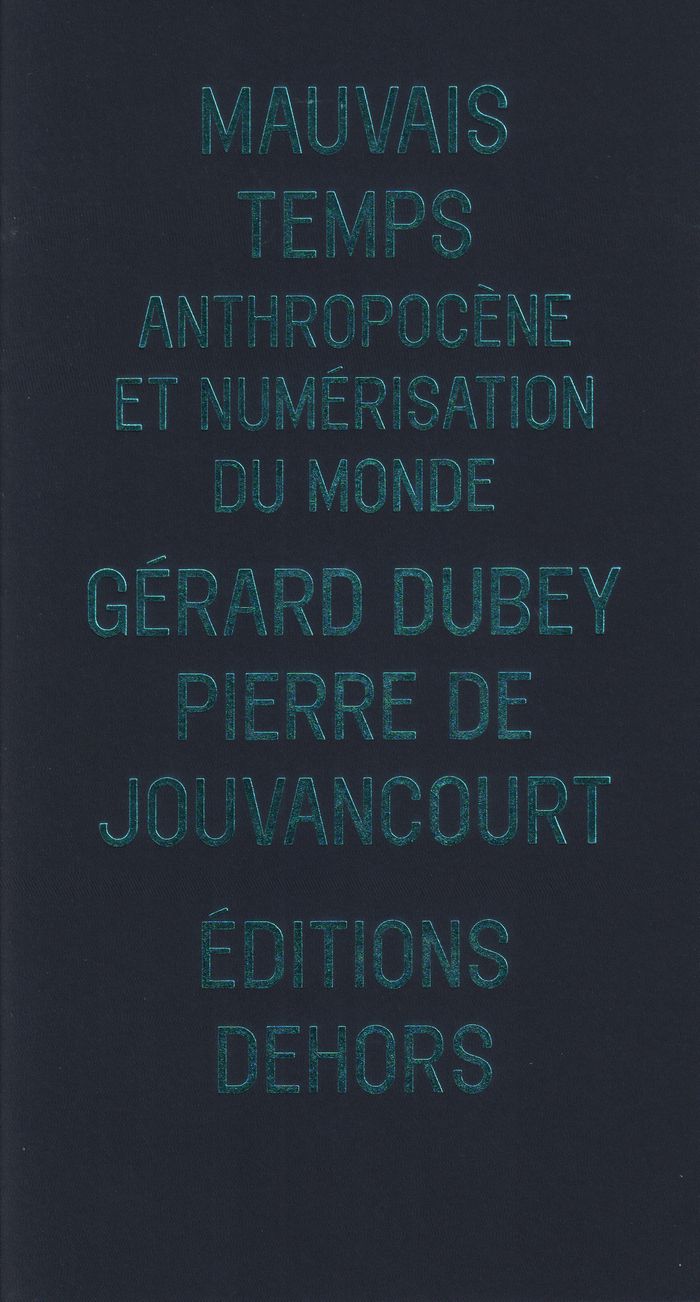$45.95
(available to order)
Summary:
L’une des grandes originalités de Holmes Rolston au sein du courant d’éthique environnementale consiste en ce qu’il n’a jamais entendu limiter sa réflexion aux problèmes moraux que peut soulever la crise environnementale, mais a travaillé à élaborer une philosophie complète, comprenant une esthétique, une métaphysique, une théorie de la connaissance, une théorie politique(...)
Terre objective : essais d'éthique environnementale
Actions:
Price:
$45.95
(available to order)
Summary:
L’une des grandes originalités de Holmes Rolston au sein du courant d’éthique environnementale consiste en ce qu’il n’a jamais entendu limiter sa réflexion aux problèmes moraux que peut soulever la crise environnementale, mais a travaillé à élaborer une philosophie complète, comprenant une esthétique, une métaphysique, une théorie de la connaissance, une théorie politique de la justice environnementale, et même une théologie. De ce point de vue, son oeuvre se distingue comme l’une des plus riches de la seconde moitié du XXe siècle, faisant songer à maints égards à l’entreprise de Naturphilosophie des philosophes allemands de la fin du XVIIIe siècle et du premier tiers du XIXe siècle.
Environment and environmental theory
The ecology of others
$17.95
(available to order)
Summary:
Since the end of the nineteenth century, the division between nature and culture has been fundamental to Western thought. In this groundbreaking work, renowned anthropologist Philippe Descola seeks to break down this divide, arguing for a departure from the anthropocentric model and its rigid dualistic conception of nature and culture as distinct phenomena. In its stead,(...)
The ecology of others
Actions:
Price:
$17.95
(available to order)
Summary:
Since the end of the nineteenth century, the division between nature and culture has been fundamental to Western thought. In this groundbreaking work, renowned anthropologist Philippe Descola seeks to break down this divide, arguing for a departure from the anthropocentric model and its rigid dualistic conception of nature and culture as distinct phenomena. In its stead, Descola proposes a radical new worldview, in which beings and objects, human and nonhuman, are understood through the complex relationships that they possess with one another. "The Ecology of Others" presents a compelling challenge to anthropologists, ecologists, and environmental studies scholars to rethink the way we conceive of humans, objects, and the environment. Thought-provoking and engagingly written, it will be required reading for all those interested in moving beyond the moving beyond the confines of this fascinating debate.
Environment and environmental theory
Being ecological
$21.99
(available to order)
Summary:
Don't care about ecology? This book is for you. Timothy Morton, who has been called 'Our most popular guide to the new epoch' (Guardian), sets out to show us that whether we know it or not, we already have the capacity and the will to change the way we understand the place of humans in the world, and our very understanding of the term 'ecology'. A cross-disciplinarian who(...)
Being ecological
Actions:
Price:
$21.99
(available to order)
Summary:
Don't care about ecology? This book is for you. Timothy Morton, who has been called 'Our most popular guide to the new epoch' (Guardian), sets out to show us that whether we know it or not, we already have the capacity and the will to change the way we understand the place of humans in the world, and our very understanding of the term 'ecology'. A cross-disciplinarian who has collaborated with everyone from Bjoerk to Hans Ulrich Obrist, Morton is also a member of the object-oriented philosophy movement, a group of forward-looking thinkers who are grappling with modern-day notions of subjectivity and objectivity, while also offering fascinating new understandings of Heidegger and Kant. Calling the volume a book containing 'no ecological facts', Morton confronts the 'information dump' fatigue of the digital age, and offers an invigorated approach to creating a liveable future.
Environment and environmental theory
$49.95
(available to order)
Summary:
L’évolution du fonctionnement de notre système social et économique vers la production d’énergie décarbonée constitue aujourd’hui un enjeu d’ampleur planétaire. Ce dernier concerne autant les populations urbaines que rurales, imposant ainsi une réflexion globale sur les relations qu’entretiennent nos établissements humains avec les ressources renouvelables du territoire.(...)
Environment and environmental theory
May 2018
Ruralités post-carbone : milieux, échelles et acteurs de la transition énergétique
Actions:
Price:
$49.95
(available to order)
Summary:
L’évolution du fonctionnement de notre système social et économique vers la production d’énergie décarbonée constitue aujourd’hui un enjeu d’ampleur planétaire. Ce dernier concerne autant les populations urbaines que rurales, imposant ainsi une réflexion globale sur les relations qu’entretiennent nos établissements humains avec les ressources renouvelables du territoire. Cet ouvrage explore les modalités de transition vers un modèle énergétique, dans lequel la recomposition des rapports entre ressources et territoires laisse entrevoir un rôle inédit pour les espaces ruraux, lieux de nouvelles alliances humaines et économiques.
Environment and environmental theory
books
$19.95
(available in store)
Summary:
En 1972, quatre jeunes scientifiques du MIT rédigent à la demande du Club de Rome un rapport qu’ils intitulent « The Limits to Growth ». Celui-ci va choquer le monde. Pour la première fois, leur recherche établit les conséquences dramatiques sur le plan écologique d’une croissance économique et démographique exponentielle dans un monde fini. Leur analyse repose sur le(...)
Environment and environmental theory
August 2017
Les limites à la croissance (dans un monde fini)
Actions:
Price:
$19.95
(available in store)
Summary:
En 1972, quatre jeunes scientifiques du MIT rédigent à la demande du Club de Rome un rapport qu’ils intitulent « The Limits to Growth ». Celui-ci va choquer le monde. Pour la première fois, leur recherche établit les conséquences dramatiques sur le plan écologique d’une croissance économique et démographique exponentielle dans un monde fini. Leur analyse repose sur le modèle « World3 », qui permet une simulation informatique des interactions entre population, croissance industrielle, production alimentaire et limites des écosystèmes terrestres.
books
August 2017
Environment and environmental theory
Construire avec l'immatériel
$32.95
(available to order)
Summary:
Sous la pression des grandes transitions et des aspirations de tous, l'architecture doit aujourd'hui assumer des responsabilités nouvelles, mais difficilement maîtrisables : participer à une lutte cruciale pour l'adaptation de l'habitat et des villes au changement climatique, réguler l'emploi de la matière et de l'énergie, écouter les besoins des sociétés, affronter une(...)
Construire avec l'immatériel
Actions:
Price:
$32.95
(available to order)
Summary:
Sous la pression des grandes transitions et des aspirations de tous, l'architecture doit aujourd'hui assumer des responsabilités nouvelles, mais difficilement maîtrisables : participer à une lutte cruciale pour l'adaptation de l'habitat et des villes au changement climatique, réguler l'emploi de la matière et de l'énergie, écouter les besoins des sociétés, affronter une urbanisation sans commune mesure... L'ensemble de ces transitions pose la question d'un nécessaire renouvellement des ressources de l'architecture, dessine les contours d'un changement complet de paradigme. Car ces ressources ne sont pas seulement matérielles – matériaux et techniques – mais immatérielles. Les textes de cet ouvrage, écrits par des architectes dont l'autorité est fondée sur l'expérience, ouvrent une réflexion sur ces ressources immatérielles qu'il est crucial aujourd'hui de réintroduire dans la pensée architecturale.
Environment and environmental theory
books
City unseen
$45.95
(available to order)
Summary:
Seeing cities around the globe in their larger environmental contexts, we begin to understand how the world shapes urban landscapes and how urban landscapes shape the world. Authors Karen Seto and Meredith Reba provide these revealing views to enhance readers’ understanding of the shape, growth, and life of urban settlements of all sizes—from the remote town of Namche(...)
Environment and environmental theory
September 2018
City unseen
Actions:
Price:
$45.95
(available to order)
Summary:
Seeing cities around the globe in their larger environmental contexts, we begin to understand how the world shapes urban landscapes and how urban landscapes shape the world. Authors Karen Seto and Meredith Reba provide these revealing views to enhance readers’ understanding of the shape, growth, and life of urban settlements of all sizes—from the remote town of Namche Bazaar in Nepal to the vast metropolitan prefecture of Tokyo, Japan. Using satellite data, the authors show urban landscapes in new perspectives. The book’s beautiful and surprising images pull back the veil on familiar scenes to highlight the growth of cities over time, the symbiosis between urban form and natural landscapes, and the vulnerabilities of cities to the effects of climate change.
books
September 2018
Environment and environmental theory
$47.00
(available to order)
Summary:
The islands of Orkney, off the northern coast of Scotland, are closer to the Arctic Circle than to London. Surrounded by fierce seas and shrouded by clouds and mist, the islands seem to mark the edge of the known world. And yet they are a center for energy technology innovation, from marine energy to hydrogen fuel networks, attracting the interest of venture capitalists(...)
Energy at the end of the world
Actions:
Price:
$47.00
(available to order)
Summary:
The islands of Orkney, off the northern coast of Scotland, are closer to the Arctic Circle than to London. Surrounded by fierce seas and shrouded by clouds and mist, the islands seem to mark the edge of the known world. And yet they are a center for energy technology innovation, from marine energy to hydrogen fuel networks, attracting the interest of venture capitalists and local communities. In this book, Laura Watts tells a story of making energy futures at the edge of the world.
Environment and environmental theory
$30.95
(available to order)
Summary:
A comprehensive account of how energy has shaped society throughout history, from pre-agricultural foraging societies through today's fossil fuel–driven civilization.
Energy and civilization: a history
Actions:
Price:
$30.95
(available to order)
Summary:
A comprehensive account of how energy has shaped society throughout history, from pre-agricultural foraging societies through today's fossil fuel–driven civilization.
Environment and environmental theory
$29.95
(available to order)
Summary:
Récemment, de nombreuses publications ont traité du changement climatique et des questions environnementales du point de vue global. Parallèlement, on assiste à un intérêt croissant pour les architectures d’objets connectés. ''Mauvais temps'' a pour ambition d’allier ces deux phénomènes en une même suite d’interrogations : le bouleversement généralisé du temps compris(...)
Environment and environmental theory
August 2018
Mauvais temps : anthropocène et numérisation du monde
Actions:
Price:
$29.95
(available to order)
Summary:
Récemment, de nombreuses publications ont traité du changement climatique et des questions environnementales du point de vue global. Parallèlement, on assiste à un intérêt croissant pour les architectures d’objets connectés. ''Mauvais temps'' a pour ambition d’allier ces deux phénomènes en une même suite d’interrogations : le bouleversement généralisé du temps compris comme temporalités, époque et climat. Cette réflexion se présente comme une façon d’échapper à ces gardiens du temps que sont les déterminismes aussi bien technologiques, économiques, qu’écologiques. Elle permet d’ouvrir la question des temporalités dans l’Anthropocène. ''Mauvais temps'' présente notre actualité comme autant de lignes de fuite à explorer, de possibles à revisiter, de partages du sensible à réinventer.
Environment and environmental theory

